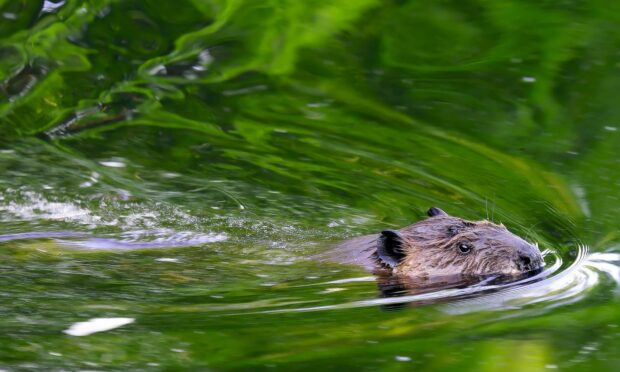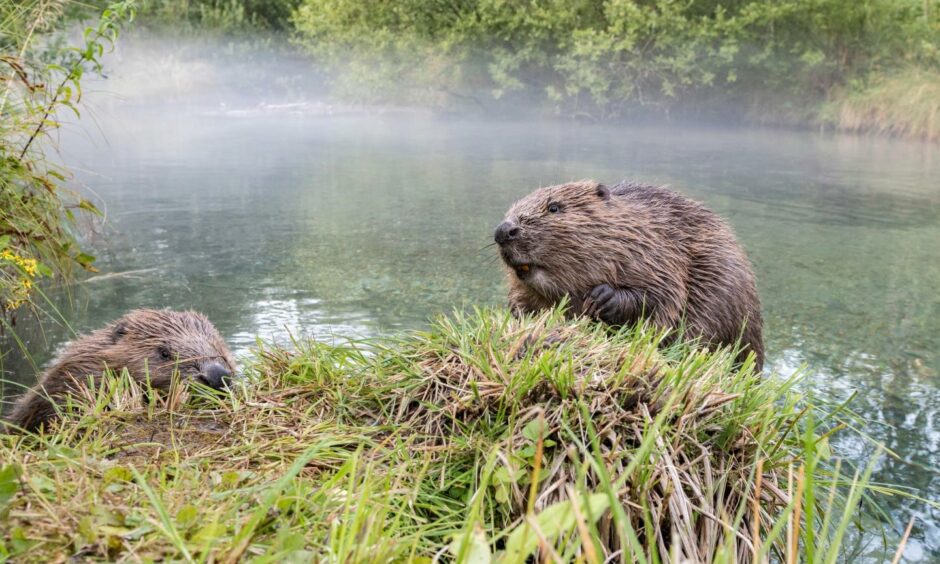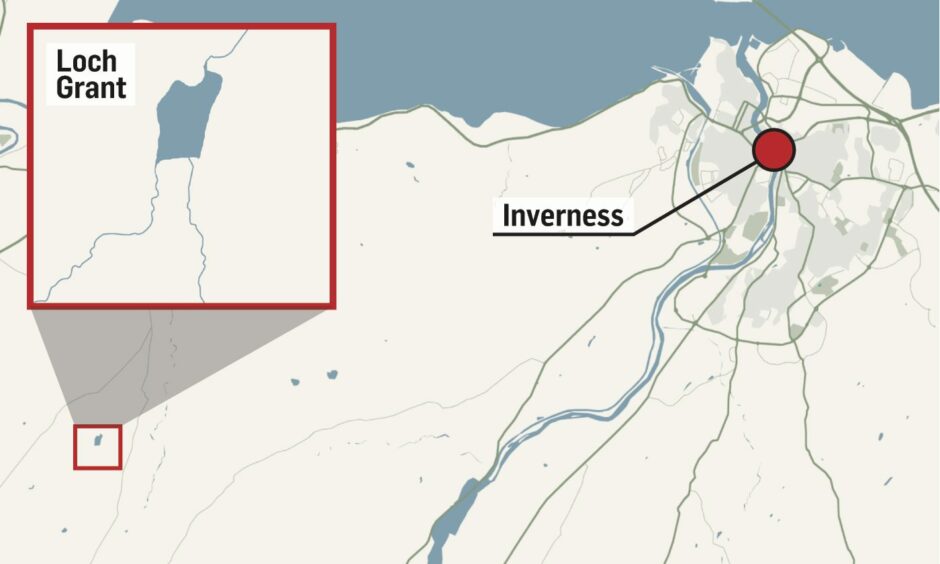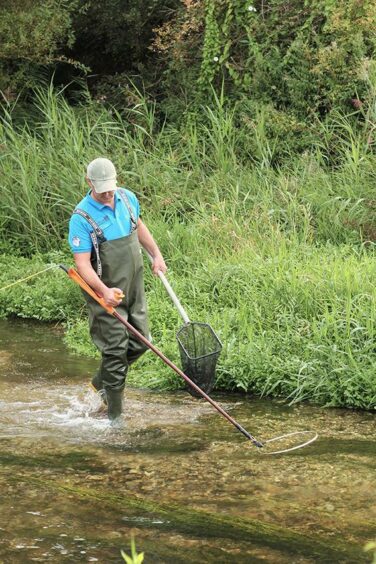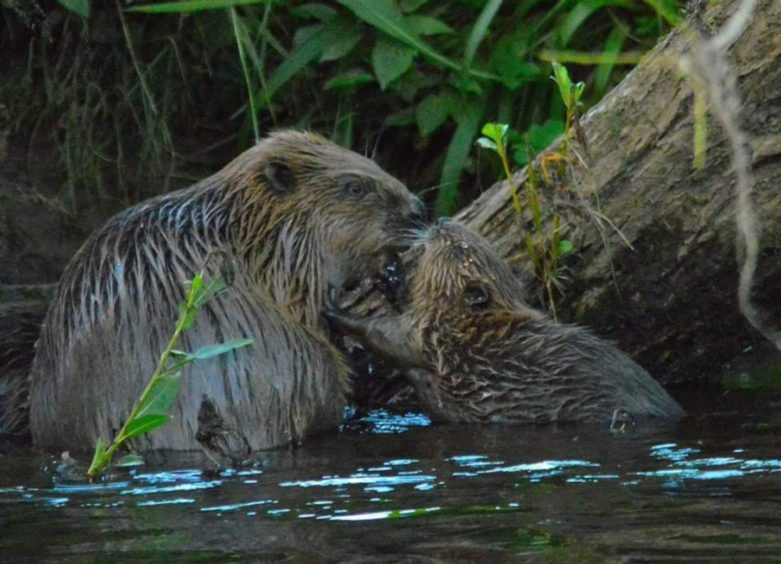A study of busy beavers near Inverness has shown the potential for the reintroduced species to help Scotland’s brown trout thrive.
The research was carried out just outside Inverness and has shown that by building dams in shallow streams, the beavers created deeper pools which offered better habitats and more food for brown trout.
By the end of the season, the trout were larger and more abundant than usual.
Beavers in Scotland
Beavers were reintroduced in Scotland in 2009 and legislation was introduced 10 years later to make them a protected species, meaning it is illegal to kill or disturb them.
However, those animals which disturb or destroy farmland can be removed under licence.
NatureScot said that in 2020 a total of 31 beavers were trapped and moved to reintroduction projects in England. A further 115 were killed – roughly 10% of the total population.
This means that beavers are often caught in the middle of a fierce debate – on one hand, valued for their impact on natural ecosystems and on the other, an increasing nuisance to farmers.
Trout meanwhile, are a commercially important species as well as an and ecologically important one.
This study is the first of its kind which has brought the two species together.
How and where was the study carried out?
The research was carried out in a rural area just outside Inverness and conducted by scientists from the University of Southampton.
Over the course of a year, they monitored the fish that inhabited two streams that flowed into the same loch, known locally as Loch Grant.
One stream was modified by beaver activity through the construction of five dams, while the other was left unaltered.
As a result of beaver activity, the trout tended to be larger with the largest and most mature fish, which are of greatest interest to fishermen, being much more abundant.
In beaver-modified habitat, the trout also benefit from the provision of sanctuary from predators.
Dylan Roberts, head of the Game & Wildlife Conservation Trust, said: “We welcome the results of this much needed UK-based published work to inform what is currently a very topical debate.”
“The fact that numbers of larger trout responded positively to pools created by the beavers is good news.
“However, there is still much to learn to see if their dams impede the upstream migration of adult salmon and trout on their way to spawning grounds and the downstream migration of juvenile fish.”
Why is this study important?
The study’s findings are significant because reintroductions and natural recolonisations of beavers are gaining pace across Scotland.
Some fishing industry representatives have echoed concerns of local farmers, and worry that increasing beaver populations may damage fish stocks.
Although beavers were once common throughout the UK, they were hunted to extinction around the 16th Century.
Because they have been absent from the UK landscape for so long, there is scant data on how they may affect other fauna and flora, including economically important freshwater fish.
Studies like this are therefore an important contribution to long process of restoring Scotland’s natural animal populations.
